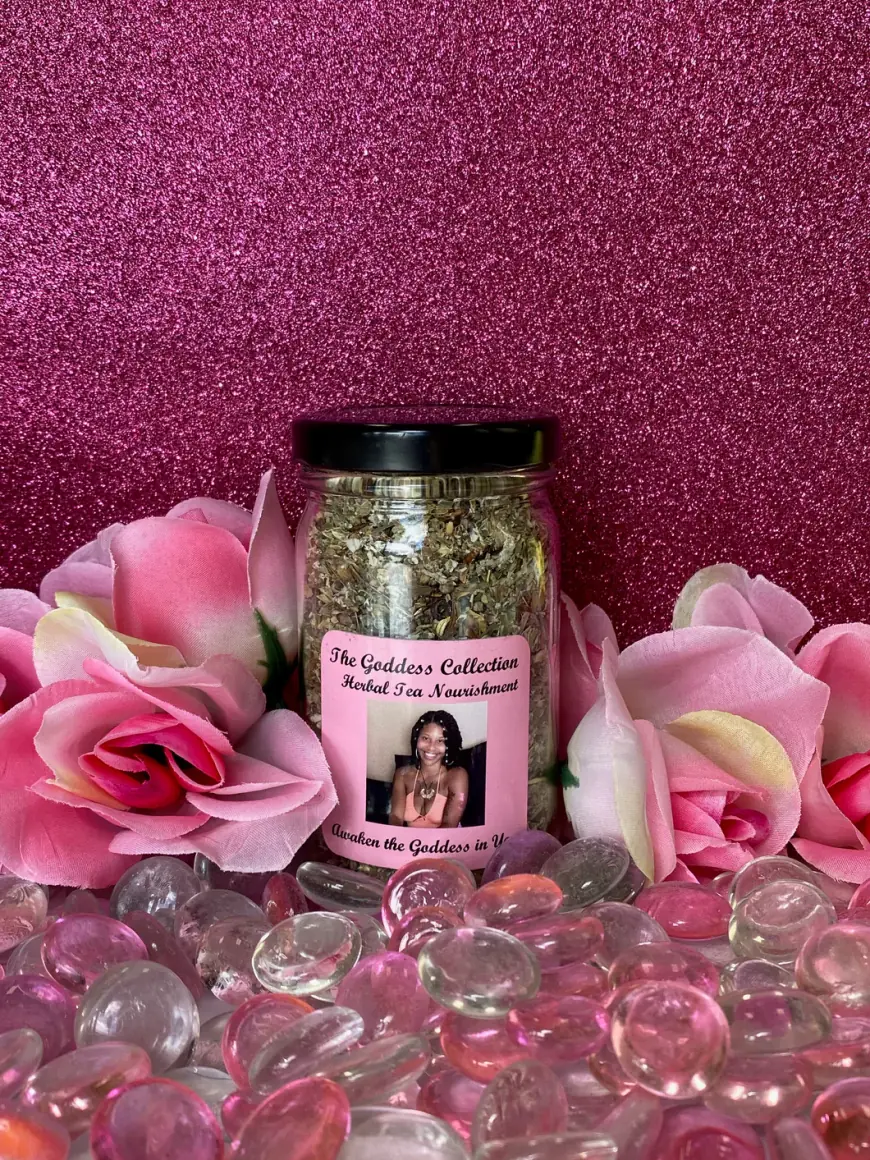How Brewing Times Shift with Damp Tea Leaves
For example, some teas categorized as wet tea—either naturally moist or pre-rinsed—require adjusted steeping times to achieve optimal taste and aroma.

When it comes to tea preparation, precision can make all the difference between a perfectly balanced cup and a bitter disappointment. While water temperature, steeping time, and tea-to-water ratios are often discussed, one detail is frequently overlooked — the moisture level of the tea leaves themselves. Tea connoisseurs are increasingly paying attention to how damp or pre-wet tea leaves impact the brewing process and change the flavor profile of the final cup.
Whether you're a seasoned tea aficionado or just beginning your journey into loose-leaf teas, understanding how moisture content affects brewing time can elevate your tea experience. For example, some teas categorized as wet tea—either naturally moist or pre-rinsed—require adjusted steeping times to achieve optimal taste and aroma. This article dives into how dampness shifts the brewing equation and what you can do to adapt.
Key Points
-
Damp tea leaves affect infusion rates and flavor extraction.
-
Pre-wetting or rinsing tea can shorten ideal brewing times.
-
Different tea types respond differently to moisture content.
-
Proper technique ensures balanced flavor even with damp leaves.
-
Storage and handling practices affect tea leaf moisture.
Understanding Tea Leaf Moisture
All tea leaves contain some level of moisture, even when they appear dry. During manufacturing, leaves are dried to varying degrees depending on the type of tea. However, environmental exposure or intentional rinsing can increase the moisture content. This is where the concept of “damp” or “wet” tea leaves comes in—leaves that either have not fully dried after processing or have been intentionally moistened before brewing.
Moisture levels in tea leaves affect how quickly water penetrates the leaf and extracts tannins, essential oils, and compounds responsible for flavor and aroma. In general, damp tea leaves begin releasing their contents more quickly than dry leaves. This means your usual brewing time may lead to over-steeped tea if not adjusted properly.
Why Brewing Time Shifts with Damp Leaves
1. Accelerated Extraction
Damp tea leaves are already partially hydrated, which means the cell walls have softened. As a result, hot water can access the tea's inner structure more readily, leading to faster extraction of flavors, caffeine, and polyphenols. While this might seem like a benefit, it can also cause over-extraction, making your tea taste astringent or overly strong if brewed for the same duration as dry leaves.
2. Surface Area Dynamics
Moisture alters the physical structure of the leaf, modifying how it unfurls in water. A damp leaf may open quicker, presenting a larger surface area earlier in the brewing cycle. This again increases extraction speed and may require you to shorten brew times to compensate.
3. Temperature Sensitivity
Damp leaves are more temperature-sensitive because of the water content already present. They heat up fast and begin releasing flavor at slightly lower temperatures compared to dry tea. This means even small temperature deviations during steeping can influence the final taste more noticeably.
Types of Tea and Their Response to Moisture
Not all teas react the same way to increased leaf moisture. Here's a look at how different types respond:
Green Tea
Green teas are delicate and often require lower brewing temperatures. Damp green tea leaves can become overly bitter if brewed for more than a minute or two. If your leaves are slightly moist, consider reducing your steep time by 15–30 seconds to preserve the subtle vegetal notes.
Oolong Tea
Oolong teas are semi-oxidized and tend to be more forgiving. However, pre-wet or damp oolong can still over-extract. A good rule of thumb is to shave off 30 seconds from your usual brewing time and adjust based on taste.
Black Tea
Black tea can handle longer brewing times, but when damp, the tannins can become more pronounced. For a smoother cup, cut down your steeping time by 20% and monitor the color change in the water to judge strength.
Pu-erh and Fermented Teas
These teas are often rinsed before brewing to awaken the leaves and remove impurities. Post-rinse, the leaves are damp and begin steeping faster. Accounting for this, you can reduce your initial infusion to under 30 seconds and gradually increase with subsequent steeps.
Pre-wetting or Rinsing Tea: A Common Practice
Pre-wetting (or rinsing) tea leaves is common in traditional Chinese and Taiwanese tea ceremonies. This involves a quick splash of hot water over the leaves (5–10 seconds), followed by discarding the water. This not only cleans the leaves but also primes them for better infusion. However, it effectively transforms dry tea into damp tea, necessitating shorter brewing times afterward.
For example, if your usual steep time is two minutes for an oolong, a pre-wet leaf might only need one minute and thirty seconds to yield a comparable flavor intensity. Understanding this nuance is essential for achieving consistency in flavor and aroma.
Storage and Moisture Retention
Sometimes tea leaves become damp unintentionally due to poor storage. Exposure to humidity, improper sealing, or frequent opening of the container can introduce moisture. Not only does this affect brewing, but it can also degrade the quality of the tea over time.
Tips for Proper Storage:
-
Keep tea in airtight containers with minimal air space.
-
Store in a cool, dry location away from direct sunlight.
-
Avoid refrigeration unless the tea is vacuum-sealed.
-
Use desiccant packets in storage containers for added moisture control.
Be mindful of how your tea looks and feels. If it clumps, feels soft, or lacks the crispness of dry leaves, it may be slightly damp and require adjusted brewing practices.
Experimenting with Brewing Times
There’s no one-size-fits-all rule for brewing damp tea leaves. Instead, consider the following experimentation techniques to find your perfect cup:
1. Start Short and Taste Often
Begin with shorter steeping times (20–30% less) than you would for dry leaves. Take small sips at intervals to determine the ideal brew time for taste and strength.
2. Keep a Steeping Log
Document the leaf condition (damp or dry), tea type, water temperature, and steeping duration. This helps refine your method over time and ensures repeatable results.
3. Observe Visual Cues
The color of the brew can be a good indicator. Light yellow or amber hues may indicate a light steep, while deep browns and reds suggest strong extraction. Adjust accordingly.
4. Use a Timer
Precision matters. Use a timer to avoid over-steeping, especially when experimenting with damp leaves that brew faster than expected.
Common Mistakes to Avoid
-
Ignoring Leaf Moisture: Always inspect your leaves before brewing. Ignoring their dampness can lead to bitter or unbalanced tea.
-
Using High Temperatures Unchecked: Especially with damp green or white teas, too much heat accelerates bitterness.
-
Storing in Humid Environments: This can unintentionally turn your dry leaves into damp ones, skewing future brew results.
-
Overcompensating: Don’t cut brew times too short either; under-extracted tea can taste weak or flavorless.
Conclusion
Damp tea leaves are not a brewing flaw — they’re an opportunity to refine and elevate your tea experience. Whether intentionally pre-wet or naturally moist, these leaves behave differently than their dry counterparts. By adjusting your steeping times and techniques accordingly, you can unlock deeper flavors, enhance aroma, and enjoy a better, more consistent cup of tea.
Pay attention to how your tea feels, looks, and smells before brewing. A mindful approach, especially for wet tea varieties, allows you to fully appreciate the complexity and richness that high-quality leaves have to offer.
FAQ: Brewing with Damp Tea Leaves
Q: How do I know if my tea leaves are damp?
A: Damp leaves feel softer and may clump together slightly. They often lack the crisp, brittle texture of completely dry leaves and may appear slightly darker in color.
Q: Is it safe to brew damp tea leaves?
A: Yes, as long as the tea hasn’t been exposed to mold or contaminants. Properly stored, slightly damp leaves are safe and can produce flavorful brews with adjusted steep times.
Q: Should I rinse all types of tea before brewing?
A: Not necessarily. Rinsing is beneficial for teas like Pu-erh or oolongs, but unnecessary for delicate greens or whites. Rinsing creates a damp leaf, which requires shorter steeping times.
Q: Can I dry damp tea leaves back out?
A: While possible, re-drying tea at home may not restore its original flavor profile. It’s better to store tea properly to prevent unwanted moisture absorption in the first place.
Q: Does dampness affect caffeine extraction?
A: Yes, moisture can accelerate caffeine release. If you’re sensitive to caffeine, slightly damp leaves may hit harder than you'd expect from dry ones brewed for the same time.
Q: How do I adjust for multi-steep infusions?
A: For damp leaves, keep the first infusion short (e.g., 30 seconds), then increase time slightly with each subsequent steep. Monitor flavor intensity and adjust as needed.
What's Your Reaction?
 Like
0
Like
0
 Dislike
0
Dislike
0
 Love
0
Love
0
 Funny
0
Funny
0
 Angry
0
Angry
0
 Sad
0
Sad
0
 Wow
0
Wow
0



















































